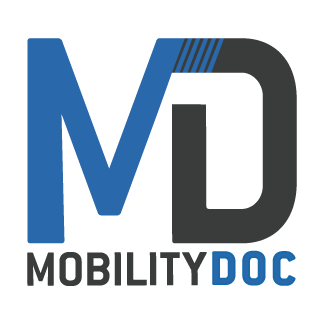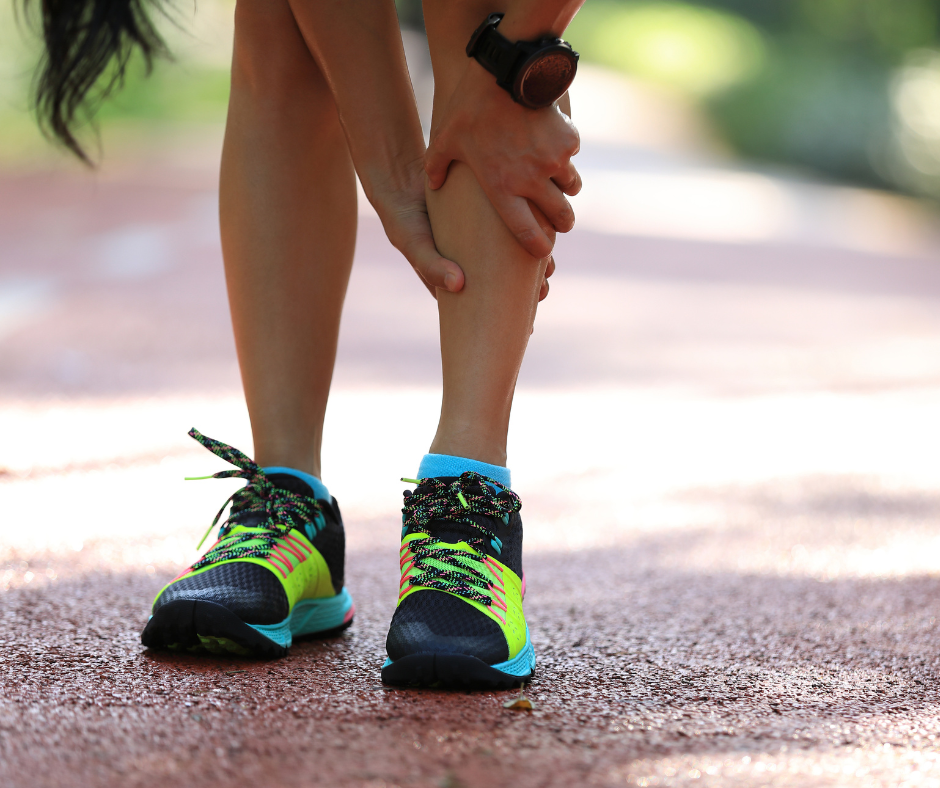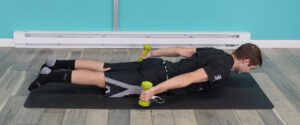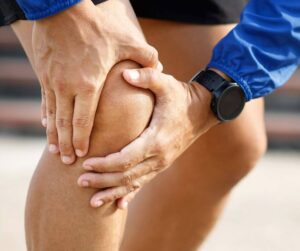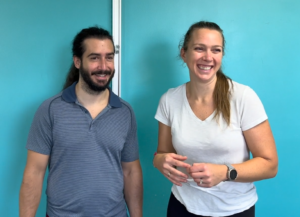Going over Dr. Chloe’s recovery we have talked a lot about how her calf injury happened, her plan to fix it, and even some great exercises and workouts to re-introduce running. This week we are changing directions and deep diving into understanding what shin splints really are. We are going to answer what parts of the body are impacted, offer a great primer to alleviate the pain, and what kind of treatment you’d get as one of our patients at Mobility-Doc.
What is a Shin?
When we think about our shin, It’s kind of this ambiguous thing that lets be real… only people who went to school for that totally know what it is…. Well you are about to! The shin as we think of it is made of 3 parts. The tibia, the fibula, and the interosseous membrane. The tibia and the fibula are the 2 bones in our lower leg. The interosseous membrane is a connective tissue that joins the tibia and fibula together and helps to stabilize them. It connects the bones and many muscles attach to it as well.
Why Does It Hurt?
When we feel pain in the shin, it’s typically because the area has been placed under too much stress. This stress usually happens in 3 ways:
1 – Terrain – doing a lot of hills
2 – Volume – an increase in activity whether it’s just starting or upping your seasoned routine
3 – Intensity – doing the same amount of work, but with more energy behind it can cause issues as well. When I say energy I mean generally pushing yourself harder. This isn’t just for runners, but also weightlifters trying to get their butt to grass position with heavy weight!
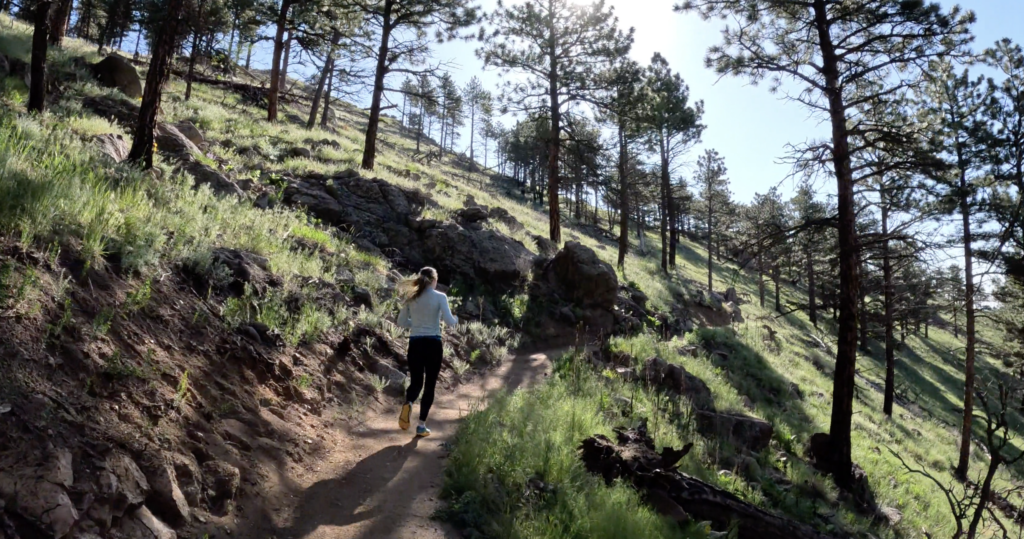
All of the above cause tight muscles in our calves and many of the smaller muscles in the lower leg. When we don’t do the proper warm up and recovery work is when these tight muscles start to become a problem and pull on the membrane or front of the bone.
Shin Splint Treatment Techniques
At Mobility-Doc we see a lot of people ranging from beginners to experts that have problems with shin splints. All of them end up getting treated the same! Our usual technique to treat shin splints includes things like ischemic compressions (trigger point therapy), percussion therapy (we love the Hypervolt 2 Pro), scraping (graston), STEM therapy (marc pro), and compression therapy (Normatec).
The muscles that become tight and irritated attach at both the front and back of the bones and membrane in the lower leg. It’s important that we treat both the front and back of the calf and shin so that no area goes untreated. Some of the muscles even go into the bottom of the foot. When we are doing our trigger point therapy, hypervolt, and even graston, we often will make sure to pay attention to that area as well! For a more detailed explanation of how we treat shin splints in house, make sure you watch the video at the end of this blog!
The Perfect Primer
Whether you’re currently suffering from shin splints, have in the past, or you consider yourself dabbling into any of the categories that cause shin splints above, we have the perfect primer to help you! This primer is best used as a warm up to get you ready to run, lift, or go through your daily life without shin pain.
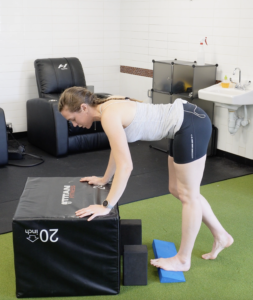 Dynamically stretch your calf by elevating your toes and then slowly bending and straightening the front knee. Use something in front of you like a chair or bench for stability. If you’re not able to straighten all the way it’s OK!
Dynamically stretch your calf by elevating your toes and then slowly bending and straightening the front knee. Use something in front of you like a chair or bench for stability. If you’re not able to straighten all the way it’s OK!
 Alternate elevating your toes and heels while moving in one direction. You want to be sure you do both directions evenly.
Alternate elevating your toes and heels while moving in one direction. You want to be sure you do both directions evenly.
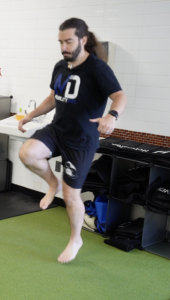 This exercise takes some practice before it feels “normal”. Lift one knee and do a small jump on the other foot. Your down leg should double tap before changing sides! (refer to the video below for more detailed information)
This exercise takes some practice before it feels “normal”. Lift one knee and do a small jump on the other foot. Your down leg should double tap before changing sides! (refer to the video below for more detailed information)
Check out our video all about shin splints: Detailed primer instructions included!
Don’t Let Shin Splints Hold You Back
Shin splints does not need to be a terminal diagnosis or a recurring issue. If you seem to have them flaring up time and time again, you should incorporate this primer into your regular warm up and even consult a trusted doctor or physician. If left untreated shin splints can turn into bone irritations and stress fractures. Don’t ignore your symptoms and take care of them before it becomes a larger issue! We hope you found this helpful! If you have any more questions make sure you reach out to us on our socials! Tag us @mobility_doc or DM us directly.
Next week we are going to be working on our 400m dash! Learn how we optimize our bodies to get the best results!
You Don't Have To Stop
Have you been told “Maybe it’s time for you to stop”? It’s probably the most heartbreaking and frustrating things we hear from our patients. We understand because most people that join our community have faced this at some point in their lives. Just know, it doesn’t have to be this way. MDFit is a functional fitness based program that evens out your asymmetries and prevents injury. Based off of our thousands of patient visits, it’s made to supplement your fitness not replace it. Stop worrying about old injuries creeping back into your life. Take the guesswork out of what you’re doing and know you’re doing enough to keep them at bay! Start your free trial of MDFit today!
